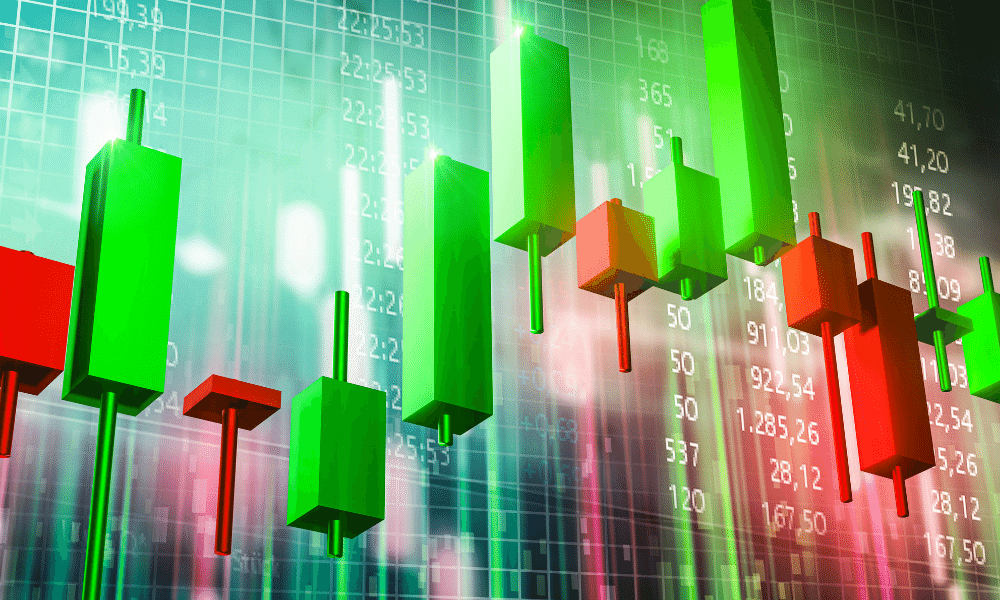
SINGAPORE (Reuters) - Asian stocks steadied on Wednesday. Demand for safe-havens waned a little as investors regarded Russian troop movements near Ukraine and initial Western sanctions as leaving room to avoid a war. At the same time, a rate hike lifted New Zealand's dollar.
However, commodity prices remain elevated, and traders are still nervous over the situation on Europe's eastern edge.
Overnight oil struck a seven-year high while the S&P 500 index dipped into correction territory, having dropped more than 10% from January's record peak. [O/R][.N]
S&P 500 futures were up 0.4% in early Asia trade after U.S. President Joe Biden left the door open to diplomacy as he announced sanctions on two Russian banks and some elites close to President Vladimir Putin.
MSCI's broadest index of Asia-Pacific shares outside Japan eased 0.1%. Japan's Nikkei was closed for the Emperor's birthday holiday.
"The market sees the various sanctions ... as modest and perhaps not as aggressive as feared," said Chris Weston, head of research at brokerage Pepperstone.
"For now, one could assess there is a vibe across markets that Russian troops will hold Donbas, but push no further," he added, referring to the parts of eastern Ukraine that Russia has recognized as independent and has sent troops to reinforce.
The European Union and Britain also announced plans to target banks and Russian elites. At the same time, Germany halted Russia's Nord Stream 2 gas pipeline, leading to a nearly 11% leap in Europe's benchmark gas price.
Wheat futures had also leaped on Tuesday, posting the sharpest leap in three-and-a-half years and corn futures hit an eight-month high on concern that conflict could disrupt grain supply from the Black Sea export region. [GRA/]
Related
European Stocks Slump; War Fears Rise As Russia Moves Into Ukraine
Stocks Slide, Oil Jumps As Russia Orders Troops To Ukraine Regions
Dollar Edges Lower; Risk Sentiment Boosted By Potential Ukraine Summit
Brent crude futures were last steady at $96.74 a barrel, having eased off Tuesday's top of $99.50. U.S. crude futures sat at $91.92 a barrel.
"In short, investors are worried about a stagflationary shock to Europe and, to a lesser degree, the global economy generally," said Shane Oliver, chief economist at AMP (OTC: AMLTF) Capital in Sydney.
METALS BID
Jitters around Ukraine have hit investors in tandem with rising interest rates as central banks worldwide start moving to head off inflation.
As expected, the Reserve Bank of New Zealand announced its third consecutive rate hike on Wednesday, lifting its benchmark cash rate by 25 basis points to 1%, but surprised investors with a hawkish tone.
The New Zealand dollar rose 0.6% on the news and is on its longest streak of daily gains in almost two years, and bonds in New Zealand and Australia came under pressure. [NZD/]
China is a notable outlier where rates are falling, and, according to a private research group, banks in nearly 90 cities have cut mortgage rates this month.
Elsewhere in currency, trade moves were pretty muted, though hope that Ukraine's war can be avoided has taken some of the bid from safe-havens. [FRX/]
The yen was last steady at 115.00 per dollar, having hit 114.50 a day ago. The euro hovered around its 50-day moving average at $1.1331.
The Australian dollar, supported by surging commodity prices, touched a two-week high of $0.7235.
| ✅Claimed In 2022 Three Most Effective Trading Indicators For Forex Traders |
Cash Treasuries were closed in Asia due to the holiday in Tokyo, but benchmark 10-year futures were steady and showed an implied yield of 1.96%. [U.S./]
Precious metals eased from overnight highs but remained bid on nerves about war. Gold was steady at $1,898 an ounce and is up more than 8% from December lows, while platinum and palladium have surged on fears about supply disruption. [GOL/]
Since December, platinum is up more than 20%, and palladium has gained more than 50%.
"That's even more impressive when seen against a backdrop of rising rates," said Shafali Sachdev, head of F.X. in Asia at BNP Paribas (OTC: BNPQY) Wealth Management.